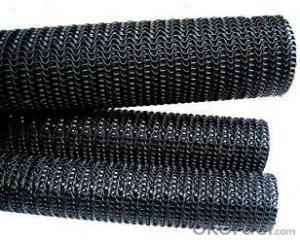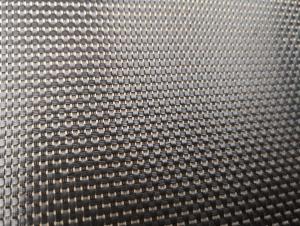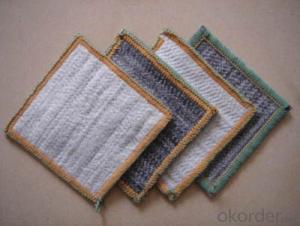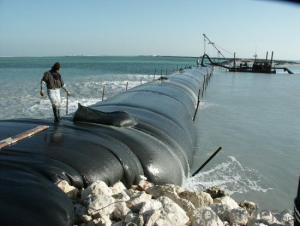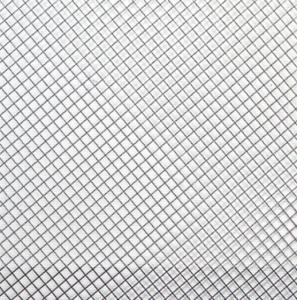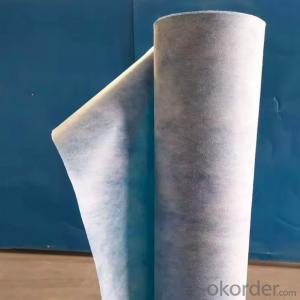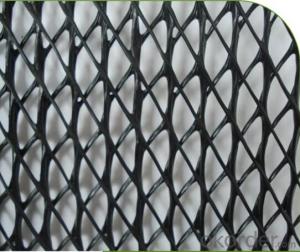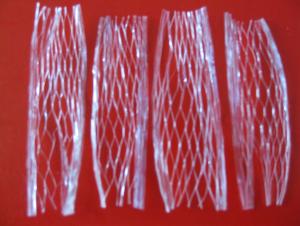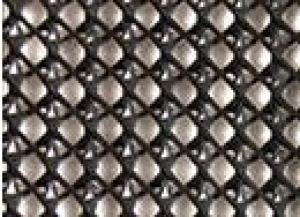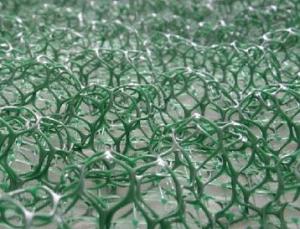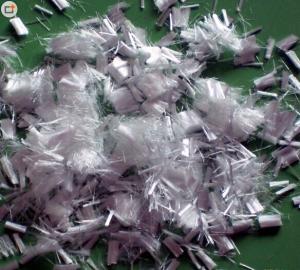Reinforced Concrete Protective Layer Block
- Loading Port:
- Qingdao
- Payment Terms:
- TT OR LC
- Min Order Qty:
- 1 pc
- Supply Capability:
- 1000000 pc/month
OKorder Service Pledge
OKorder Financial Service
You Might Also Like
Concrete block and reinforced protective layer block, is in the masonry structure and frame structure, under the beam, to expand the confined area, reinforced position, to prevent corrosion of steel exposed and the function.
Is a solution to the often used local pressure.
Reinforced concrete cover thickness is related to the bearing capacity and durability of the structure, the function such as fire prevention. Has the following role and influence of reinforced concrete guard-layer:
1, maintenance structure durability of concrete protective layer is too thin to penetrate in the wet gas and water, too thick, easy to produce cracks, these could make the steel corrosion and inflation, so that the destruction of a concrete influence use and security of structure.
2, under external force Protection layer for steel bar anchoring force, takes advantage of the anchoring force between concrete and reinforcing steel bar, the two together, jointly participate in the work. Protective layer too thin or missing, reduce its anchorage force which reduces the structure to withstand the axial force and bending moment.
3, from the calculation formula of flexural bearing capacity of normal section
M a l or less FCBX (h0 x / 2) + fy 'AS' (ho - a s') a (sigma pO 'a fpy) a p' (ho - a p '), you can see that when the gluten protective layer through the thick section effectively reduced height h0, will reduce the cross section flexural bearing capacity. Visible protective layer thickness is how important factor affecting bearing capacity of structure.
4, fire protection layer of concrete has a certain thermal insulation effect, can more easily to soften when you encounter fire reinforced protection, if too thin, protective layer thickness under the environment of high temperature easy craze, cause reinforced in overheating and reduce the strength to destroy the whole structure. Hunan hengyang in 2003 a project is due to the high temperature heat from the burning of fire to soften steel lead to collapse and cause heavy casualties accident.
In the quality inspection of the current work, therefore, more attention paid to the protection layer thickness control, new rules to entities in the process of acceptance testing.
- Q:Material molding and control technology and civil engineering is not near professional?
- No, one belongs to the material college, there are civil is not, are very good, very different.
- Q:Can geomembranes be used for pond liners?
- Yes, geomembranes can be used as pond liners. They are commonly used to create impermeable barriers in ponds, preventing water leakage and providing long-lasting protection for the pond ecosystem.
- Q:How can geocells be used in slope reinforcement?
- Geocells can be used in slope reinforcement by providing a stable and reinforced structure to prevent soil erosion and slope failure. These three-dimensional honeycomb-like structures are filled with soil or aggregate material, creating a strong and stable foundation. The geocells help to distribute the weight of the slope evenly, reducing the risk of landslides and erosion. Additionally, the cells can be vegetated, allowing for the growth of plants and vegetation, further enhancing the stability of the slope. Overall, geocells are an effective and sustainable solution for slope reinforcement.
- Q:Can earthwork products be used for constructing swimming pools?
- Yes, earthwork products can be used for constructing swimming pools. Earthwork materials such as excavation, grading, and compacted soil can form the foundation for the pool. Additionally, retaining walls made from earthwork products can be used to create the structure and support the pool walls.
- Q:Can earthwork products be used in green infrastructure projects?
- Yes, earthwork products can be used in green infrastructure projects. These products, such as natural soils, compost, and mulch, can help improve soil quality, promote water conservation, and support the growth of vegetation in green infrastructure projects. Additionally, earthwork products can be used for erosion control, stormwater management, and enhancing biodiversity in these projects.
- Q:How do earthwork products affect the overall aesthetics of a project?
- Earthwork products can significantly impact the overall aesthetics of a project by shaping and molding the natural landscape. These products, such as landscaping features, retaining walls, and terraced slopes, can enhance the visual appeal of the surroundings, creating a harmonious and visually pleasing environment. Additionally, earthwork products can help to blend the project seamlessly into its natural surroundings, ensuring a cohesive and attractive design.
- Q:What are the different types of geosynthetic clay liners available?
- There are three main types of geosynthetic clay liners (GCLs) available: sodium bentonite GCLs, calcium bentonite GCLs, and mixtures of both. Sodium bentonite GCLs have a higher swelling capacity and are more commonly used in landfill and containment applications. Calcium bentonite GCLs have lower swelling capacity but are preferred in applications where high permeability is required. Mixed GCLs combine the characteristics of both sodium and calcium bentonite to provide a balance between swelling capacity and permeability.
- Q:How are geotextile mats used in erosion control on slopes?
- Geotextile mats are used in erosion control on slopes by providing stability and reinforcement to the soil. These mats are placed on the slope surface and serve as a barrier that prevents the soil from being washed away by rainfall or surface runoff. The mats also allow water to pass through, which helps in maintaining proper drainage and reducing the risk of slope failure. Additionally, geotextile mats promote vegetation growth by acting as a protective layer, allowing plants to establish their roots and further strengthen the slope against erosion.
- Q:What are the specific applications of geotextile tubes in coastal protection projects?
- Geotextile tubes are commonly used in coastal protection projects for various applications. Some specific uses of geotextile tubes include shoreline stabilization, beach nourishment, and coastal erosion control. These tubes are often filled with sand or other suitable materials and placed strategically along the coastline to create barriers that absorb wave energy, prevent erosion, and protect the shoreline from storm surges. Additionally, geotextile tubes can be used to restore and enhance beaches, dunes, and marshes, providing habitat for various plant and animal species while also safeguarding coastal communities from the impacts of climate change and sea-level rise.
- Q:What are the key considerations when using geotextile tubes for shoreline stabilization?
- When using geotextile tubes for shoreline stabilization, there are several key considerations to keep in mind. Firstly, the design and placement of the geotextile tubes should align with the specific requirements and conditions of the shoreline. Factors such as wave energy, sediment composition, and tidal movements should be carefully considered to ensure the effectiveness of the stabilization system. Secondly, the selection of appropriate geotextile materials is crucial. The geotextile tubes should be durable, resistant to UV degradation, and capable of withstanding the forces exerted by waves and currents. The permeability of the geotextile should also be considered to allow for proper water drainage and prevent erosion. Furthermore, proper installation techniques are essential for the success of shoreline stabilization with geotextile tubes. Adequate anchoring and connection methods should be employed to ensure the stability and integrity of the system. Regular monitoring and maintenance are also necessary to address any potential issues and ensure long-term effectiveness. Finally, it is important to consider the environmental impacts of using geotextile tubes for shoreline stabilization. Care should be taken to minimize any potential negative effects on local ecosystems and habitats. Consulting with environmental experts and obtaining necessary permits and approvals may be required to ensure compliance with regulations and guidelines.
1. Manufacturer Overview |
|
|---|---|
| Location | |
| Year Established | |
| Annual Output Value | |
| Main Markets | |
| Company Certifications | |
2. Manufacturer Certificates |
|
|---|---|
| a) Certification Name | |
| Range | |
| Reference | |
| Validity Period | |
3. Manufacturer Capability |
|
|---|---|
| a)Trade Capacity | |
| Nearest Port | |
| Export Percentage | |
| No.of Employees in Trade Department | |
| Language Spoken: | |
| b)Factory Information | |
| Factory Size: | |
| No. of Production Lines | |
| Contract Manufacturing | |
| Product Price Range | |
Send your message to us
Reinforced Concrete Protective Layer Block
- Loading Port:
- Qingdao
- Payment Terms:
- TT OR LC
- Min Order Qty:
- 1 pc
- Supply Capability:
- 1000000 pc/month
OKorder Service Pledge
OKorder Financial Service
Similar products
New products
Hot products
Hot Searches
Related keywords








